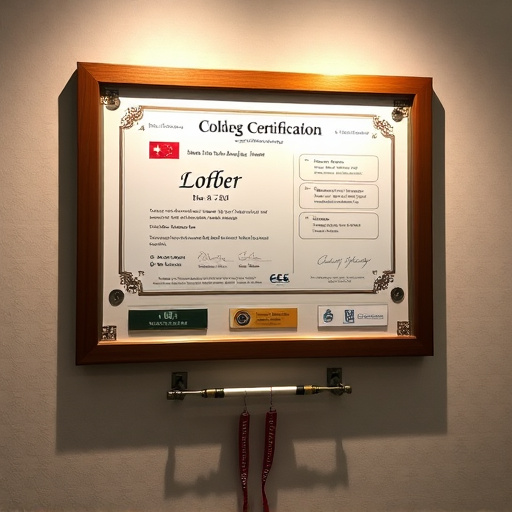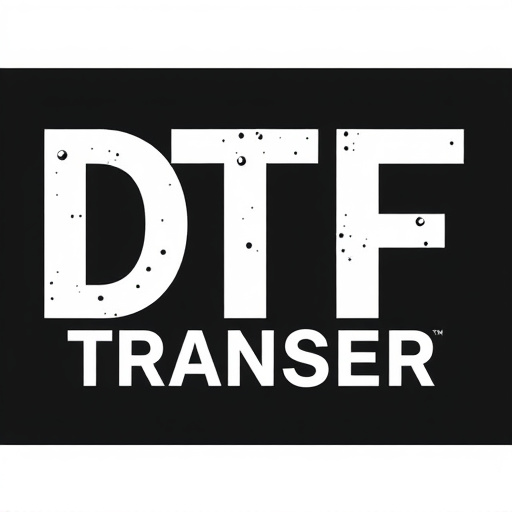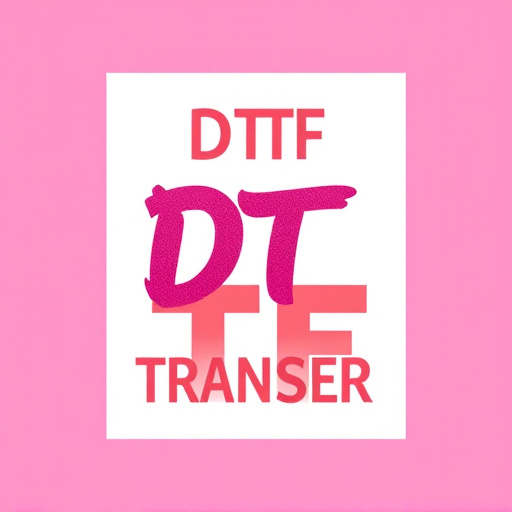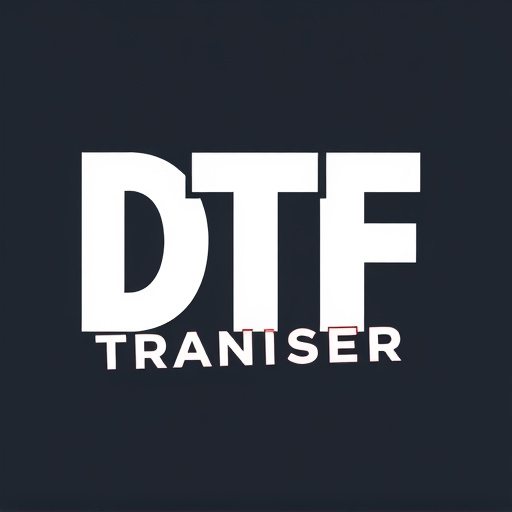Establishing a direct-to-film (DTF) transfer company offers a unique opportunity to tap into the growing demand for high-quality, efficient media conversion services. This comprehensive guide walks you through every step of setting up your DTF business, from market research and strategic planning to legal considerations, technology investment, marketing, and streamlined operational workflows. By understanding and addressing these key areas, you’ll be well-positioned to thrive in the competitive yet promising DTF industry.
- Market Research and Analysis: Understanding the Demand for DTF Services
- Business Planning and Strategy: Defining Your Niche and Creating a Roadmap
- Legal Considerations: Licenses, Permits, and Contracts for a Smooth Operation
- Equipment and Technology: Investing in High-Quality Hardware and Software Solutions
- Marketing and Branding: Building Awareness and Trust in the DTF Industry
- Operational Workflows: Efficient Processes from Client Onboarding to Film Delivery
Market Research and Analysis: Understanding the Demand for DTF Services
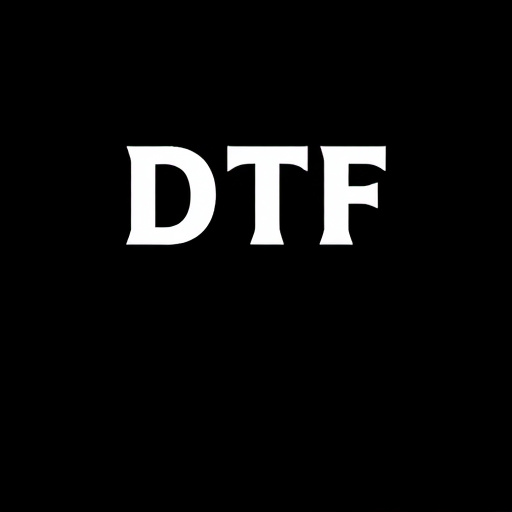
Understanding the market demand is a critical step in establishing a direct-to-film (DTF) transfer company. Conduct thorough research to identify gaps in existing services and the specific needs of potential clients. Analyze trends within the film industry, especially the growing popularity of independent filmmakers and low-budget productions that often rely on direct-to-film distribution models. This includes assessing the demand for high-quality video transfers, restoration services, and the preservation of vintage films.
Market research should also involve competitive analysis to understand pricing strategies, service offerings, and customer reviews of existing DTF providers. Identify unique selling points your company can offer, such as specialized formats, personalized customer support, or advanced technology that ensures superior image quality. By understanding market dynamics and client expectations, you can position your DTF transfer services to meet or exceed industry standards.
Business Planning and Strategy: Defining Your Niche and Creating a Roadmap
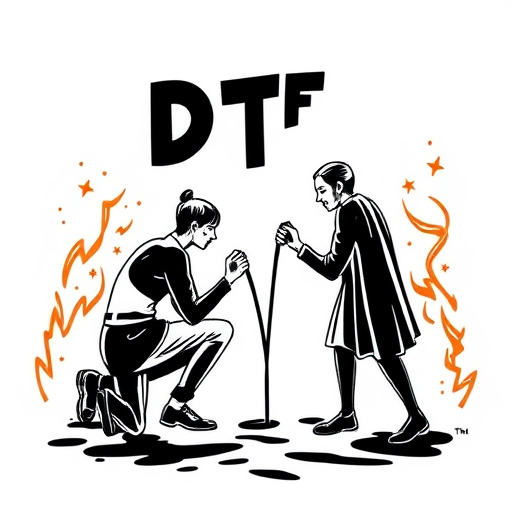
Legal Considerations: Licenses, Permits, and Contracts for a Smooth Operation
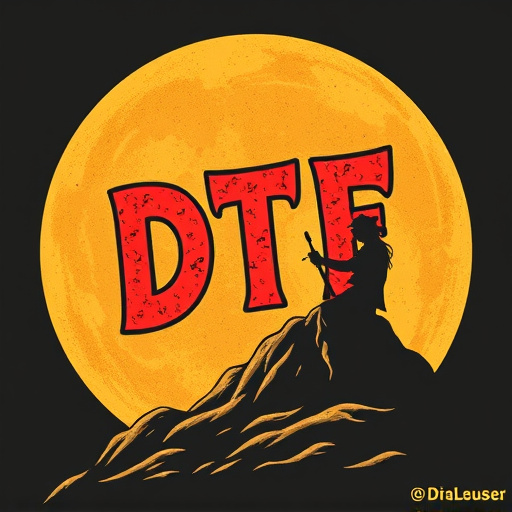
Equipment and Technology: Investing in High-Quality Hardware and Software Solutions
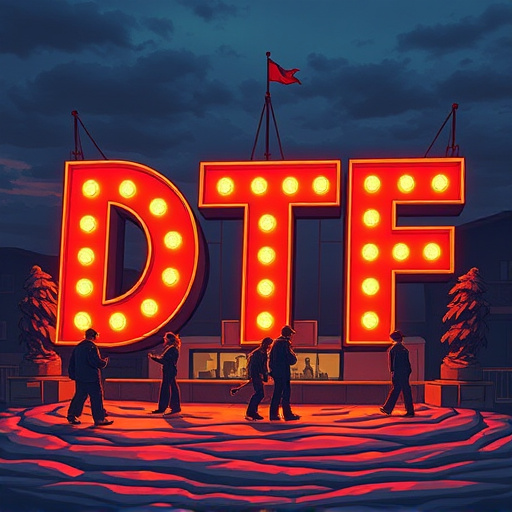
To establish a successful direct-to-film (DTF) transfer company, investing in high-quality hardware and software solutions is paramount. Advanced equipment like professional cameras, lighting systems, and sound equipment are essential for capturing high-resolution footage that maintains the original quality of the film. High-end computer systems equipped with specialized software for video editing, color correction, and special effects processing ensure seamless post-production work.
Choosing the right technology can significantly enhance your DTF company’s capabilities. Modern video editing software allows for precise cutting, merging, and enhancing of footage, while advanced color grading tools enable you to achieve cinematic looks. Additionally, cloud storage solutions and backup systems safeguard against data loss, ensuring smooth operations even during lengthy production runs. Investing in these areas will not only improve the quality of your DTF services but also attract a wider range of clients seeking professional film transfer solutions.
Marketing and Branding: Building Awareness and Trust in the DTF Industry
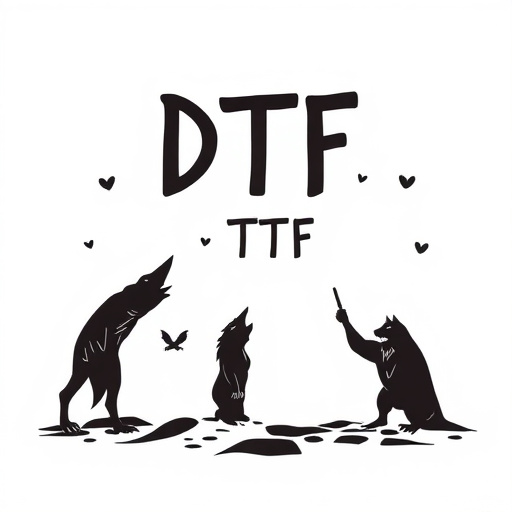
Operational Workflows: Efficient Processes from Client Onboarding to Film Delivery




